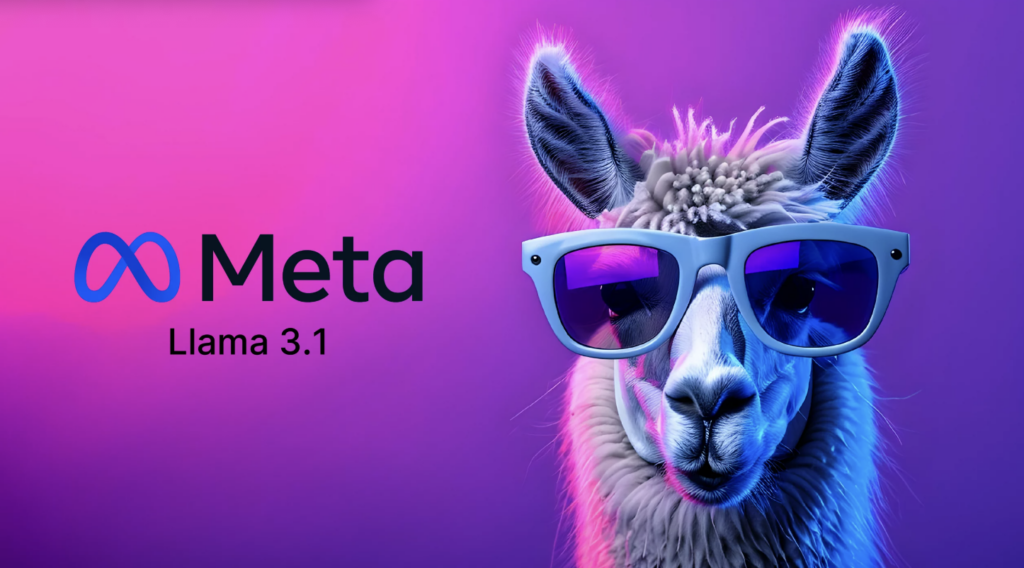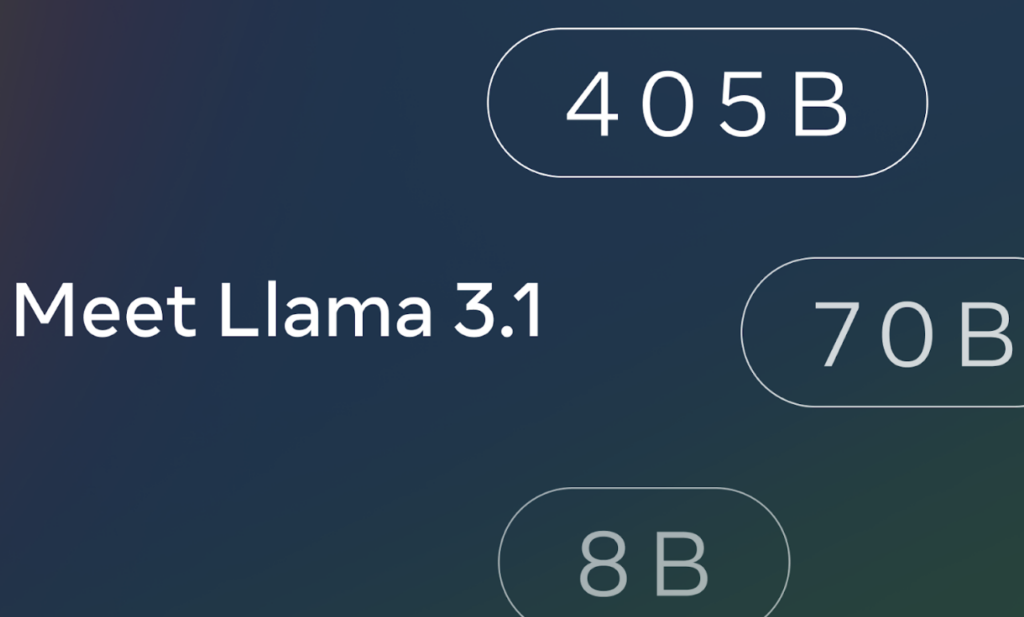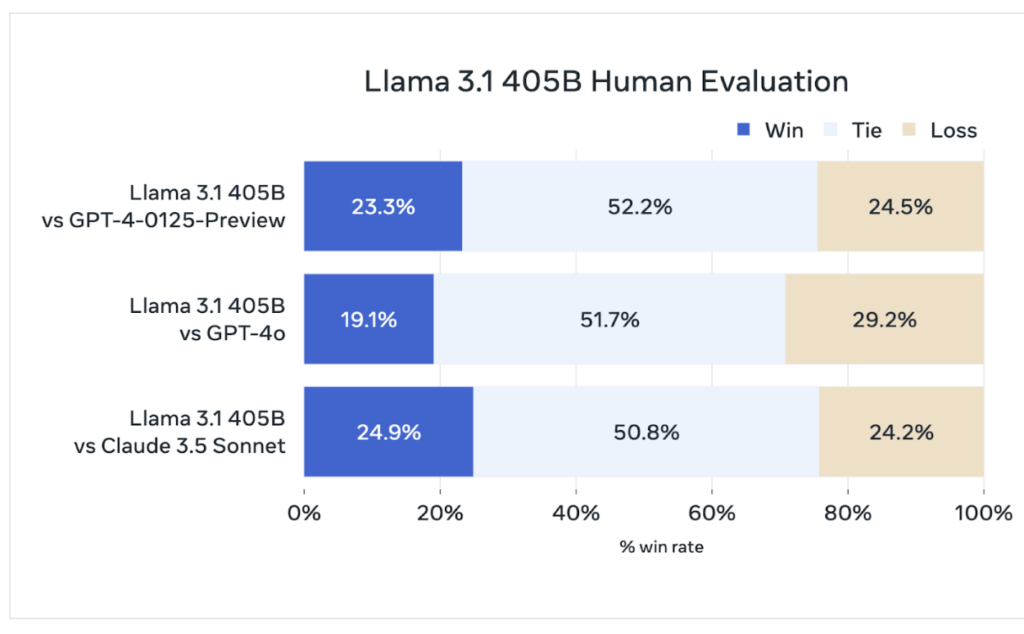Breaking News: Meta Llama 3.1 Ushers in a New Era of Open-Source AI
Meta Llama 3.1 May Be a LLM Game Changer
The AI landscape is undergoing a seismic shift, and Meta has just delivered a powerful earthquake. The company’s latest LLM, Meta Llama 3.1, has been unveiled, and it’s poised to redefine the open-source AI frontier.
A Giant Leap for Open-Source AI
While the AI world has been captivated by the proprietary models from OpenAI and Google, Meta has consistently championed the open-source approach. Llama 3.1 is the culmination of this philosophy, offering a formidable LLM that’s freely accessible to the public. This move is a bold statement about Meta’s commitment to democratizing AI and fostering innovation.
Technical Prowess: Outperforming the Competition
Meta Llama 3.1 is not just another open-source model; it’s a performance powerhouse. There are 3 types of Llama 3.1, one with 405B parameters, the others with 70B and 8B, being released,
Benchmarks suggest it surpasses the capabilities of both ChatGPT-4 and Claude Sonnet 3.5 in several key areas, including:
- Context Window: Meta Llama 3.1 boasts an extended context window, enabling it to process and generate more coherent text based on larger amounts of input information. This is a critical advantage for tasks like summarization, translation, and code generation.
- Instruction Following: Meta has placed a strong emphasis on instruction following, enabling Llama 3.1 to effectively complete a wide range of tasks as directed. This is a significant improvement over previous generations and brings it closer to human-level understanding.
- Factuality and Coherence: One of the persistent challenges in LLM development is maintaining factuality and coherence in generated text. Llama 3.1 demonstrates notable progress in this area, reducing the likelihood of hallucinations and producing more logical and consistent outputs.
Beyond Performance: The Power of Openness
While performance metrics are essential, Llama 3.1’s true impact may lie in its open-source nature. By sharing the model’s architecture, weights, and training data, Meta is inviting the global AI community to collaborate, build upon, and improve the model. This approach has the potential to accelerate AI development at an unprecedented pace.
The Future of AI: A Multi-Polar Landscape
The release of Meta Llama 3.1 marks a turning point in the AI landscape. The era of AI dominance by a few closed-source models is drawing to a close. With powerful open-source alternatives like Llama 3.1 emerging, we can expect a more diverse and competitive ecosystem. This is great news for researchers, developers, and businesses, as it will foster innovation, reduce costs, and increase accessibility to AI technology.
As Llama 3.1 and other open-source models continue to evolve, we can anticipate groundbreaking advancements in various fields, from healthcare and education to climate science and beyond. The future of AI is bright, and it’s becoming increasingly clear that open collaboration is the key to unlocking its full potential.



